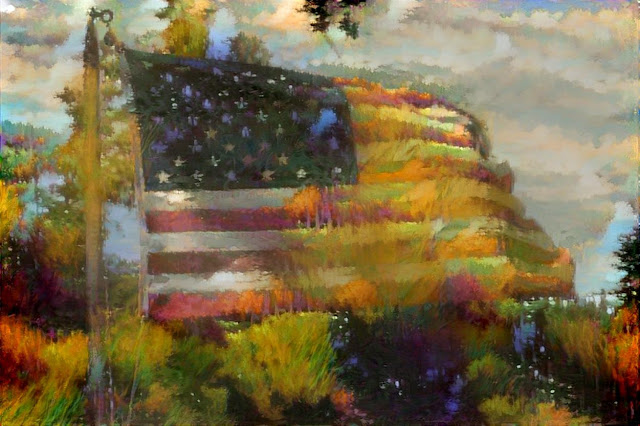
In a season of much emotional turmoil, some activities bring relaxation and connect us with nature and its many cycles. One such, for me, is bird watching in our living room. I have huge windows in our living room, where my desk sits in one corner. There is a drawback to big windows-- less places to hang paintings.
However, the advantage of more light and watching outdoors, as if there, far outweigh that drawback... well, mostly. Without disturbing their lives, the birds are part of my day.

As an added advantage for birds here, beyond our feeders, this house sits under the shelter of huge oaks as well as many other trees we have planted-- all deciduous for the advantage of their leaves dropping in winter to again let in more light. Because the house is just above a creek, it's a perfect haven for birds-- even if we didn't supplement their diet.
 We
turned one of our fenced yards into the bird yard where the cats don't have
access. It is where we keep hummingbird feeders and mostly have the wild
bird seed feeders filled. As summer gets into full swing, we let the
seed feeders go down every couple of days to keep the birds remembering
it's not their only food source.
We
turned one of our fenced yards into the bird yard where the cats don't have
access. It is where we keep hummingbird feeders and mostly have the wild
bird seed feeders filled. As summer gets into full swing, we let the
seed feeders go down every couple of days to keep the birds remembering
it's not their only food source.
The
hummingbird feeder though is kept up because if you start one, it needs
to be consistent. A hummer appeared in the kitchen window yesterday to
remind us we used to keep three. With the arrival of migrants, he was right, and we took care of that. Last
week, we saw the tiniest hummingbirds ever and assume they are a
product of the hummers who wintered here for the first time ever. They
moved too fast to photograph without a blur, but we won't give up.

Some say we should not feed birds and I get that. It is particularly a problem if it draws in other seed lovers, like bears. We though have our bird yard well fenced. I think, where their habitat has often shrunk-- thanks to man's encroachment, they can use some help-- especially during their migrations.

The farm though has permanent residents as well. I used to think the seed feeders only needed help in the winter. Now I am not convinced that is true. Much as we try to plant flowers and shrubs that birds and butterflies enjoy, the feeders give them the extra energy that they need as their world changes as much as ours.
Our
year-round residents appear to include several types of blackbirds;
Stellar and Scrub-jays; multiple varieties of finches; woodpeckers of
several sorts (a Northern Flicker surprised me by hitting the bird
feeder this winter-- or trying to).
The migratory season adds to the populations and fascinations. We have birds showing up for a day or a week that we will never see again. Likewise, there are those who will decide this makes a good home for the summer. The yard is buzzing with activity, like out of a Disney movie. It is a delight to us-- especially when we see birds, like the Band-Tailed Pigeon, who normally would be along the coast-- not thirty miles inland.
Photographing these birds is one of our regular pleasures especially when it's birds we don't often see, or as with the Black-headed Grosbeaks, had never seen. I don't think if they will stay as they never have. We are a place to store up energy for their next flight to wherever they normally summer.











































